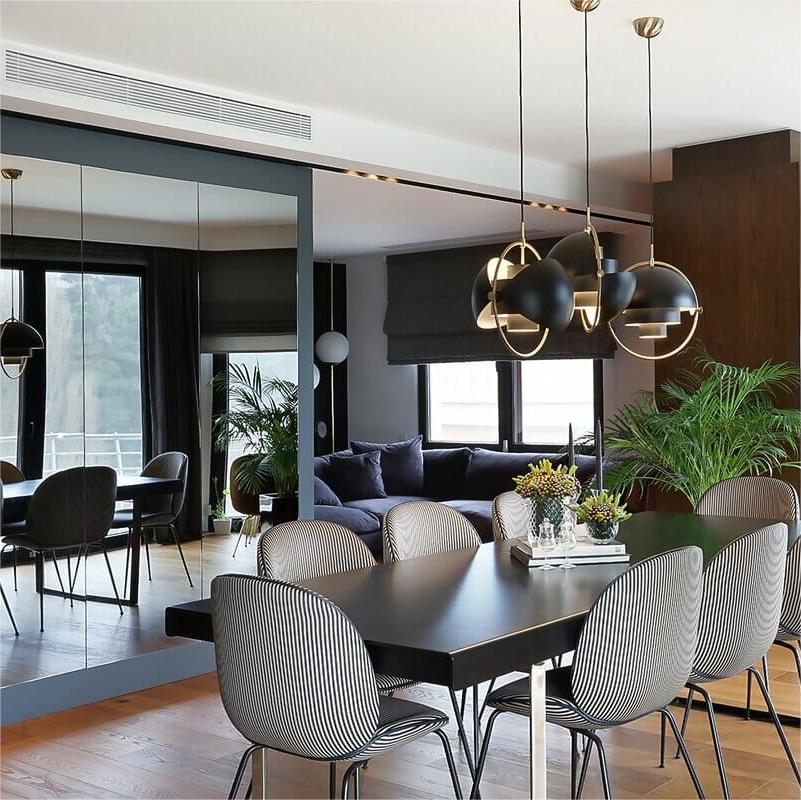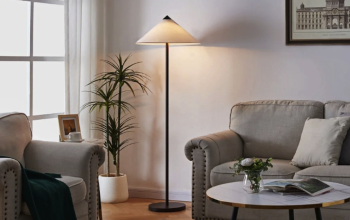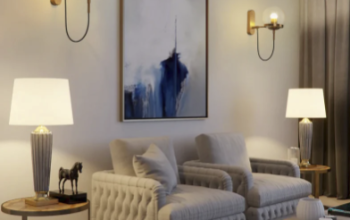With all of the new technology out there, it can be difficult to know where to start when it comes to lighting your photos. But don’t worry! Here’s a comprehensive guide that will help you get started with perfect camera pics. From setting up light for portraits to getting the best results in low light, we’ve got you covered. So don’t wait—start taking great photos today!
What Are the Different Types of Lighting.
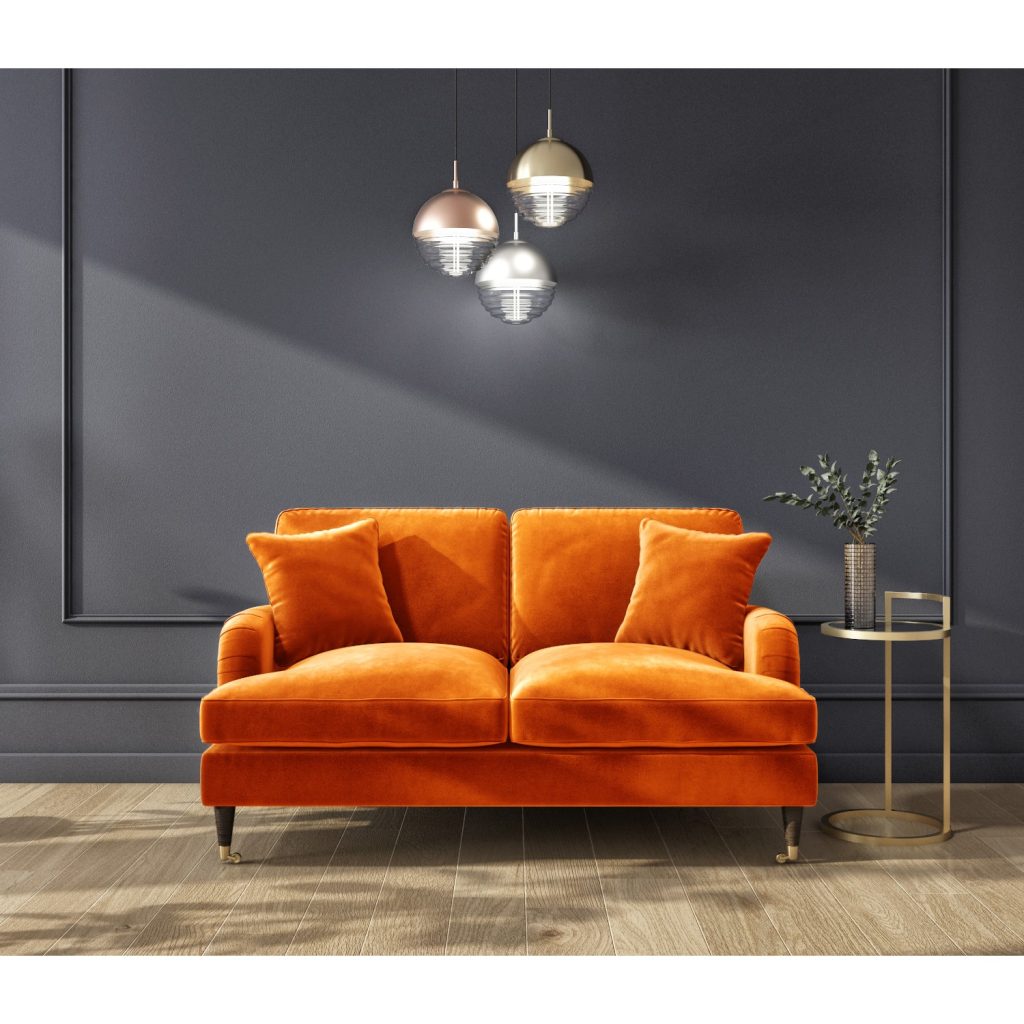
Lighting can be described in many ways, but one of the most common is photography. A photo light is a type of lighting that helps to produce a clear image by focusing light onto an object or area. Camera manufacturers often make different types of lights to fit their specific needs, such as pro-level digital SLRs and mirrorless cameras.Loholighting
How to Choose the Right Lighting for Your Photograph.
When choosinglighting, it is important to consider your objectives (what you want your photograph to achieve), your surface (the object on which you will be taking the picture), and your distance from the subject (the camera). For example, if you are photographing people, you may want a taller subject so that the person appears tall in the photograph, or a wider angle so that everyone in the shot appears evenly distributed. Additionally, it’s important to choose a light source that produces excellent results at a given aperture or shutter speed. Look into factors like ISO and focus distance to find the best lighting for your particular photograph.
Tips for Lighting a Photograph.
One of the most basic tips when trying to get amazing photos is learning about lighting! Just like anything else in life, successful photography requires practice and perfecting techniques over time – so here are some general tips on how to improve your lighting skills:
1) Use proper aperture settings – changing aperture affects both how much light enters and leaves your camera lens, leading to better photo quality or decreased noise levels
2) Understanding how position yourself within your scene will affect both exposure and tone – try shooting towards an object rather than away from it when taking pictures 3) Practice with different types of lenses – using lenses with different focal lengths will change what type of lighting you receive – experiment until you find something that works well for you 4) Experiment with creative Lighting Settings – these include things like white balance (changing whether sunlight or moonlight casts shadows), contrast (adjusting brightness levels for improved detail), saturation (adjusting color saturation), etc…
5) Get creative with your photography software – using photo editing software can help you add extra layers of lighting and improve the look and feel of your photographs
How to Get the Perfect Picture.
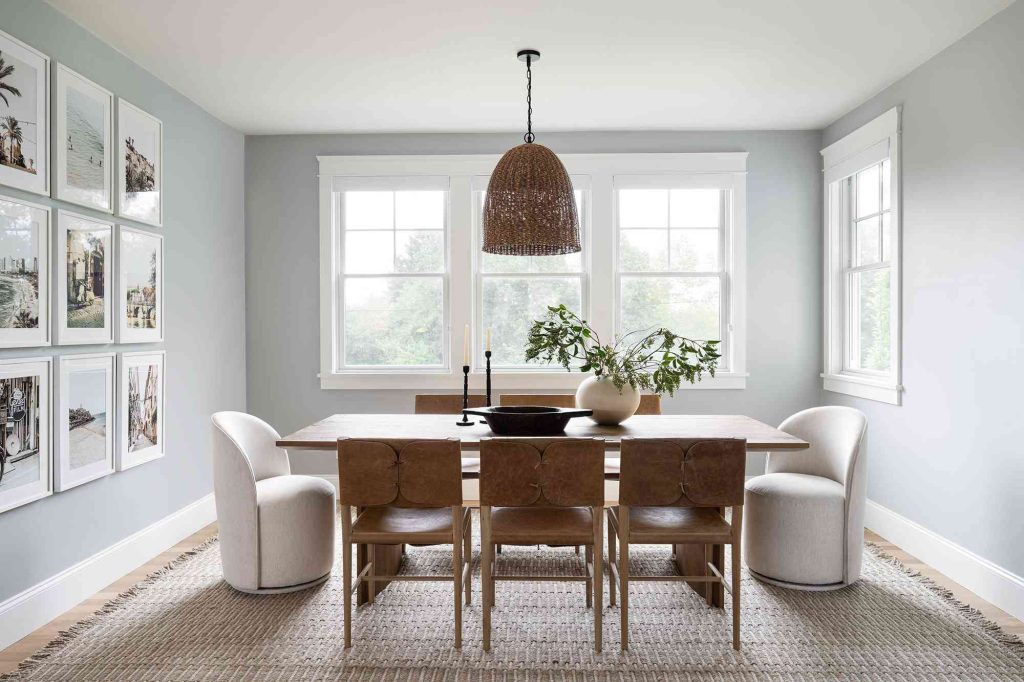
One of the most important factors in getting a great photo is lighting. You need to choose the right type of light and adjust it accordingly to get the perfect shot. Here are some tips on how to get the perfect picture:
Choose the Right Camera
If you’re using a camera for photography, make sure it has a wide enough aperture, which is the ability to let in more light. A wider aperture will let in more light and allow you to capture more detail in your image. When choosing an aperture, be sure to test different settings on your camera before taking any pictures. This way, you’ll know what setting will give you a good shot without having to worry about it later.
Use the Right Filters
When shooting with filters, be sure to use a safe and effective filter that won’t damage your camera or lens. The correct filters can change the look and tone of your photo, making it even better or worse depending on how you want it captured. Be sure to read user reviews before finding a filter that suits your needs best and stick with them if possible!
Choose the Right Camera Settings
There are specific camera settings that can help improve your photograph quality: Shutter speed (how fast the camera takes pictures), aperture (the size of opening used by the lens), ISO (the sensitivity of the film/photography sensor), and white balance (the kind of light exposure). By following these simple guidelines, you can get great photos without spending too much time trying to figure out how each setting works!
Tips for Perfect Photos.
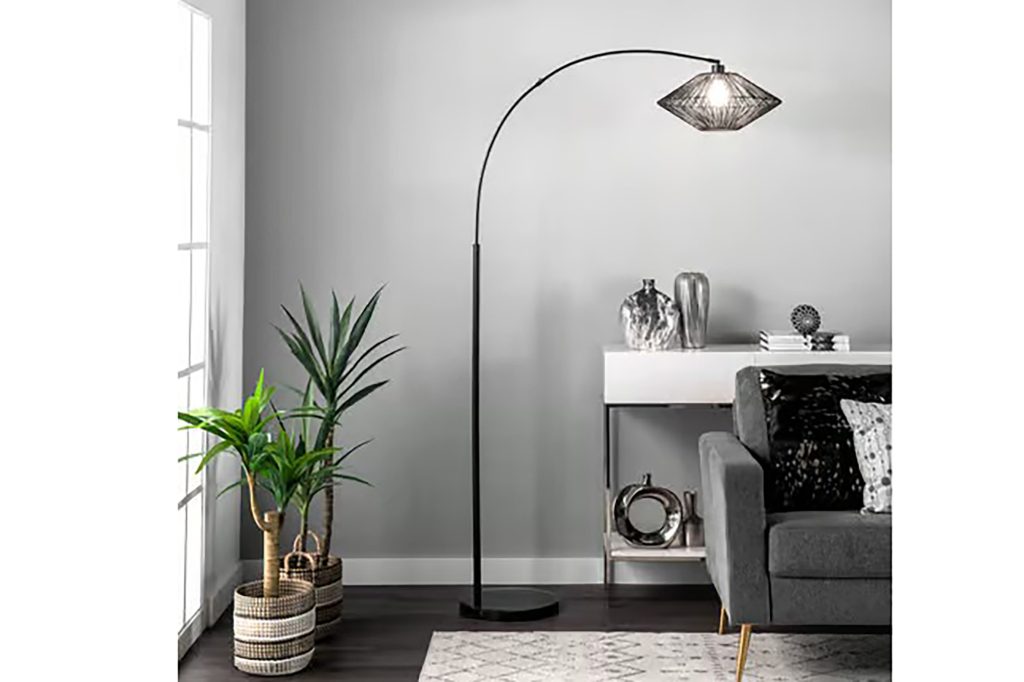
To get the perfect photo, you need to choose the right camera settings. Here are a few tips to get started:
– Make sure your camera is set up for shooting in RAW (raw image) mode. In this mode, your camera can capture more detail and color than JPEG (jpeg). This data is then saved as a file that can be edited later.
– Try to shoot in bright sunlight or clear skies so that all of your details are visible. This will help give your photos a realistic looking appearance.
– Use a tripod to keep your shot stable and avoiding shake.
– Shoot photos with natural light if possible so that the colors are more accurate.
Lighting can make or break a photo, and there are many different types of lighting that can be used. By choosing the right camera, setting up the right lighting, and using the right filters, you can get the perfect photo for your project.
